Kyiv 10.02pm / DC 3.02pm
The Biden administration has threaded the needle between supporting Ukraine’s war effort and minimizing the chances of an escalation with Russia (which exists, despite those who assume otherwise). This strategy will be harder to sustain if/when Zelensky focuses more on Crimea. The Biden administration also finds it very difficult to rationalize engagement with Russia on any issue at a time when Russian artillery continues to lay waste to Ukrainian cities. Some say this is nothing to cry about; why gift Putin with diplomatic engagement?
Simply: because diplomatic engagement isn’t a reward. It’s an elemental part of statecraft. How long can both sides, the U.S. and Russia, keep this up? Until the war ends or diminishes? Until a mishap compels them to reassess? Until New START officially dies? We shouldn’t be begging Russia for engagement, but we shouldn’t be eliminating it as an option either—particularly when nuclear weapons or strategic stability are involved. Two large powers essentially ignoring each other seems unsustainable.
What exactly is the U.S. objective in Ukraine? Is it realistic? If so, what resources are required to achieve it? How long will it take? What are the trade-offs to other policy priorities? Let’s hope the White House is asking and answering these basic questions.
Early August, Vlad climbed into the front passenger seat of the four-wheel drive and checked the coordinates for the day ahead. He was the gunner for a three-man mortar crew fighting near the eastern Ukrainian city of Bakhmut, which Russia had captured in May and Ukrainian forces were now pushing to take back. But as the crew pulled up to a village crossroads, the ground began erupting around them. Vlad saw a mortar hit the road to his right. He felt the pain of the shrapnel ripping through his legs. “I heard the commander yelling at me to get out of the car and run,” he told me. “But when I tried to step on this leg, I saw that it was pointing in the wrong direction.”
Vlad had worked at a Samsung factory in Hungary before the invasion, when he returned to Ukraine to fight. He is now 29, with short, blond hair and pale blue eyes. His war name, he told me proudly, was “the Swede”. He showed me a video on his phone from inside the cramped dark hull of the armoured vehicle that had rescued him, which he had shot in selfie mode, flashing a smile at the camera as they jolted over the rutted ground. The next image showed him on the operating table at an emergency treatment area, a gaping hole in the twisted flesh of his lower right leg. “Yeah, it was pretty bad,” he said. “Thank God I didn’t lose it.”
We were on a medical evacuation bus belonging to the Hospitallers, a volunteer paramedic battalion that transports wounded soldiers from front-line medical posts to hospitals in central Ukraine. (They asked me not to report the specific dates or locations involved and, according to military protocol, the soldiers I interviewed gave only their first names.) Vlad was one of seven men being evacuated that day, less than 48 hours after he was injured. He was very pale and had clearly lost a lot of blood, with a central line running under his collar bone. His right leg was pinned in two places and held together by a metal rod. “I was due to be promoted,” he said, looking down at the leg. “I hope they still give it to me.”
Two months into Ukraine’s summer counteroffensive, the consensus outside the country is that it is not moving fast enough. A leaked German intelligence report in July questioned whether Western training and hardware was being put to effective use. US and European officials estimate that as much as 20 per cent of the weaponry deployed during the first two weeks of the campaign was destroyed or damaged. “I’ll be blunt,” said the Republican congressman Andy Harris, who co-chairs the US Congress’s Ukraine Caucus, at a town hall on 17 August. “It’s failed.”
Ukraine’s president, Volodymyr Zelensky, has acknowledged that the campaign is “challenging” and “perhaps unfolding slower than some might wish”. But he has also highlighted delays in the delivery of promised munitions from the West and has pleaded again for the urgent provision of US long-range Army Tactical Missile Systems (Atacms) and F-16 fighter jets, noting that Ukraine is fighting without the air support that would be central to any comparable Nato operation. (On 20 August Denmark and the Netherlands approved the transfer of up to 61 jets.) I asked Vlad what people outside Ukraine should understand about the conditions they were up against on the ground.
Ukraine has finally secured agreements for the supply of F-16 fighter jets, but they will not help a stuttering counteroffensive and there will be further obstacles before they can enter service, analysts warn.
Zelensky thanked the Netherlands and Denmark for donating a combined total of 61 jets that he said would “help Ukraine to become invincible” after the US gave a green light for their transfer.
But the president also hinted that they would serve a primarily defensive role, rather than operating at the southern front, where commanders have described a lack of air superiority as a key factor undermining the effort to recapture territory.
“This is a dirty war,” he said. “The fighting is really intense, and it’s bad everywhere. There is nothing beautiful about it. You see only blood, dirt and sweat.”
Russia’s much larger fleet of almost 4,000 fighter jets has rarely ventured into protected airspace due to the strength of Ukraine’s defences featuring Pariot and Iris-T systems – instead using long-range capabilities to strike Ukrainian cities from a safe defence.
Ukraine’s pilots will face a similar threat level that would be too dangerous for the operation of F-16s, predicting that Kyiv will exercise caution given the small number of jets at its disposal and hopes of securing more in future.
Instead, the new arrivals will guard Ukraine’s cities and infrastructure from Russian airstrikes, providing an upgrade on the capabilities of the Soviet-era MiG-29s now in service.
The big difference with the F-16 is the radar capabilities are much better and can see much further. It can detect smaller targets, and once a target is identified the F-16 can use an active guided ‘fire and forget’ missile… the pilot can fire and turn away because the missile has its own radar seeker, which is locked on to the target.
Such capabilities could have particular value in combating the persistent threat of Russian glide bombs. Capabilities will be partly determined by the weapons supplied to arm the new jets. Short and medium range air-to-air missiles are expected to arrive first, but the F-16s’ compatibility with a wide range of systems could allow for more advanced firepower in future.
If people expect F-16s to have an impact on the front line quickly it’s a mistake. First, we need them to complement surface-to-air missiles and ensure the contested character of Ukrainian airspace. F-16s could be used in a more basic capacity to shoot down enemy missiles sooner, although they are unlikely to be seen in Ukrainian skies before next year.
The wait is frustrating for Ukrainians under fire but the jets are being delivered with an eye to long term security
Ukraine does not release official casualty figures, but in May 2022, Zelensky conceded that 50 to 100 Ukrainian soldiers could be dying every day in the east of the country. By August this year, US officials briefing the New York Times estimated that almost 70,000 Ukrainian soldiers had been killed, with 100,000 to 120,000 wounded. (They stressed that the precise figures are difficult to ascertain.) The Russian casualties are even higher, with as many as 120,000 dead and 170,000 to 180,000 wounded. (For comparison, the US lost just over 58,000 soldiers during the two-decade-long war in Vietnam.)
The scale of these losses reflects the nature and intensity of the fighting, which features both high-tech modern weaponry, such as drones and high-precision missiles, and the kind of grinding trench warfare that would have been familiar to soldiers in the First World War. On the Russian side, these casualties have been compounded by an apparent indifference to the lives of individual soldiers. In its most extreme form, this attitude was exemplified by the tactics employed during the Wagner mercenary group’s assault on Bakhmut, when lightly armed convict soldiers were sent to overwhelm the Ukrainian lines in what became known as “meat waves”.
As the Ukrainian forces now attempt to gain ground during this counteroffensive, they are being forced to fight their way through Russian minefields and trench networks under heavy barrages of artillery and attacks from helicopter gunships. Ukraine’s defence minister, Oleksii Reznikov, says the country is now the most heavily mined in the world, with as many as five mines per square metre in some areas. A paper published in the Journal of the American College of Surgeons in August found that Russian forces have fired up to 60,000 artillery rounds a day – a volume the US military has not faced since the Second World War.
Volodymyr lay in a bed at the back of the bus with his left leg swathed in bandages. He had a thick black beard and close-cropped dark hair and told me that he had worked as an upholsterer in the Black Sea port city of Odesa before the war. Like Vlad, he had been fighting with an infantry unit near Bakhmut when they came under attack.
“One of our vehicles had already been hit and we were moving positions when we heard a drone overhead,” he said. “Then we got hit, I think by a mortar. I felt something hit my leg and fell down behind a tree.” He managed to drag himself into a culvert and tightened a tourniquet around his leg to slow the bleeding. His commanding officer carried him out on his shoulders. “He was supposed to stay further back,” Volodymyr said. “But he came and got me himself.”
This was not the 27-year-old’s first injury. He had been wounded fighting in the Kharkiv region months earlier and showed me where the doctors had removed shrapnel from his head, back and hand. “But of course, I went back,” Volodymyr said. “There is no other way. If nobody fights, then it will be like Bakhmut everywhere.” I asked him how his unit was holding up. “We have been fighting for a long time, and there are many losses, but we are holding on,” he told me. “Nobody wants to give up. There are those who are afraid – I am also sometimes afraid – but only stupid people are not afraid. I am really proud of our guys because we have, as one might say, steel balls.”
“Everyone is scared, I’ll tell you that,” said another soldier, Yura, from the bed across the aisle. He was 47, with a broad, heavily lined face and black dirt beneath his fingernails. “When you go out each day, you understand there is a possibility that you will not come back. But you just live with it.”
He told me they were grateful for the support they had received from abroad, but he wanted people and politicians in the West to understand that they urgently needed more. “We need high-precision weapons, long-range weapons, and aviation as soon as possible,” Yura said. “We need the tools to hold the Russians back. There is a real war going on here.”
As we pulled up outside the hospital in the central Ukrainian city of Dnipro, the air-raid sirens wailed. An alert flashed up on my phone: “Ballistic weapons threat. Head for cover!” But nobody did. Instead, a line of nurses and orderlies in white coats streamed out of the front doors pushing metal gurneys and began offloading the soldiers from the bus. Every one of the men had said they would go back to fight as soon as they were allowed. As they wheeled Vlad into the hospital, he held up two fingers in a victory sign.
=========END————
Thank you, as always, for reading. If you have anything like a spark file, or master thought list (spark file sounds so much cooler), let me know how you use it in the comments below. Thank you so much for letting me vent! If you enjoyed this article, you can give pledge to me (click PLEDGE button) or simply share this article with a friend. It helps me more than you realise.
If you enjoyed this post, please share it.
______________
Professor Hendrik, Professor Eric, and another person, Prof David A. Andelman, former Bureau Chief NYTimes recommended my substack, also some Chief Technology of Financial Times (FT) recommended my substack, not only subscribe. I'd be happy to get more & more PLEDGE and recommendations for better crafted writing (via Bank Central Asia (with my full-name ADI MULIA PRADANA, clearing code 0140119, account number 0201558866 or via STRIPE. For me, prefer Bank Central Asia).
If a friend sent this to you, you could subscribe here 👇. All content is free, and paid subscriptions are voluntary.
——————————————————————————————————
-prada- Adi Mulia Pradana is a Helper. Former adviser (President Indonesia) Jokowi for mapping 2-times election. I used to get paid to catch all these blunders—now I do it for free. Trying to work out what's going on, what happens next. Now figure out and or prevent catastrophic of everything.
(Very rare compliment and initiative pledge, and hopefully more readers more pledges to me. Thank you. My note-live blog about Russia - Ukraine already click-read 6 millions, not counting another note especially Live Update Substack (mostly Live Update Election or massive incident)
=======
Thanks for reading Prada’s Newsletter. I was lured, inspired by someone writer, his post in LinkedIn months ago, “Currently after a routine daily writing newsletter in the last 10 years, my subscriber reaches 100,000. Maybe one of my subscribers is your boss.” After I get followed / subscribed by (literally) prominent AI and prominent Chief Product and Technology of mammoth global media (both: Sir, thank you so much), I try crafting more / better writing.
To get the ones who really appreciate your writing, and now prominent people appreciate my writing, priceless feeling. Prada ungated/no paywall every notes-but thank you for anyone open initiative pledge to me.
(Promoting to more engage in Substack) Seamless to listen to your favorite podcasts on Substack. You can buy a better headset to listen to a podcast here (GST DE352306207).
Listeners on Apple Podcasts, Spotify, Overcast, or Pocket Casts simultaneously. podcasting can transform more of a conversation. Invite listeners to weigh in on episodes directly with you and with each other through discussion threads. At Substack, the process is to build with writers. Podcasts are an amazing feature of the Substack. I wish it had a feature to read the words we have written down without us having to do the speaking. Thanks for reading Prada’s Newsletter.
Wants comfy jogging pants / jogginghose amid scorching summer or (one day) harsh winter like black jogginghose or khaki/beige jogginghose like this? click
Headset and Mic can buy in here, but not including this cat, laptop, and couch / sofa.




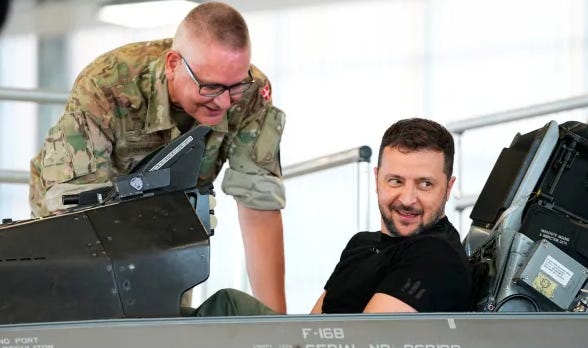
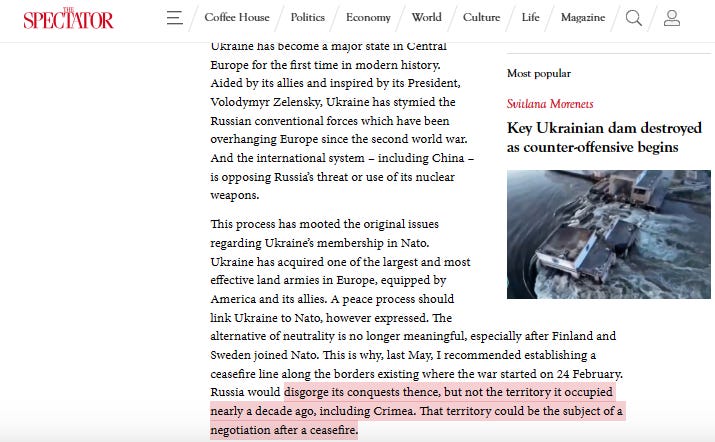
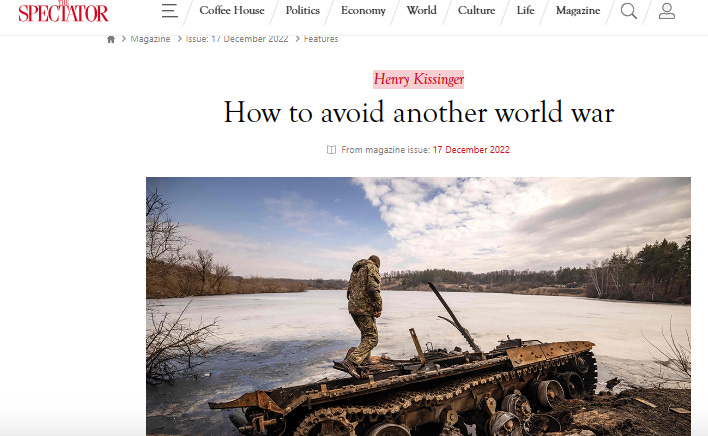

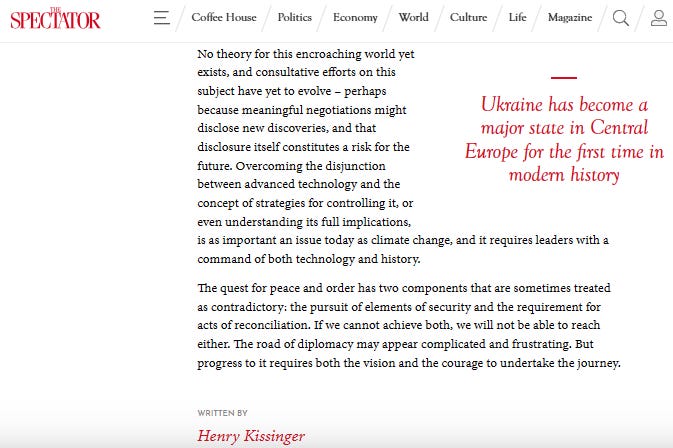
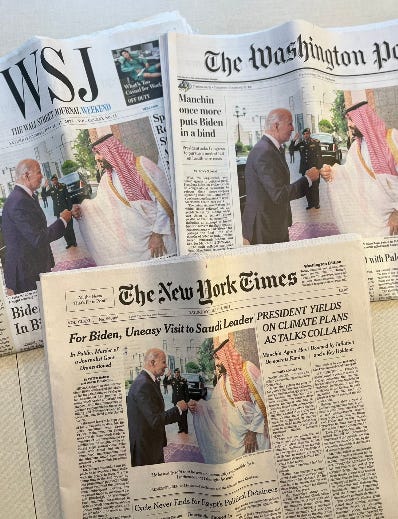
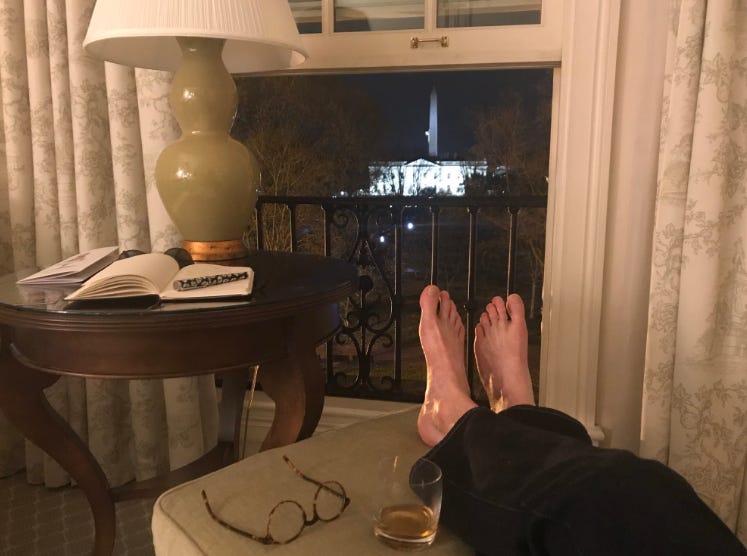

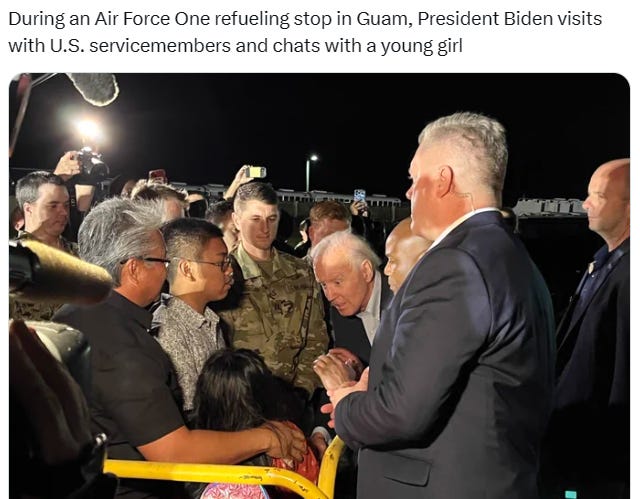
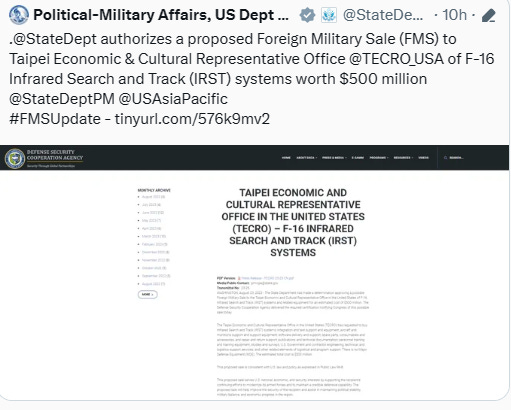
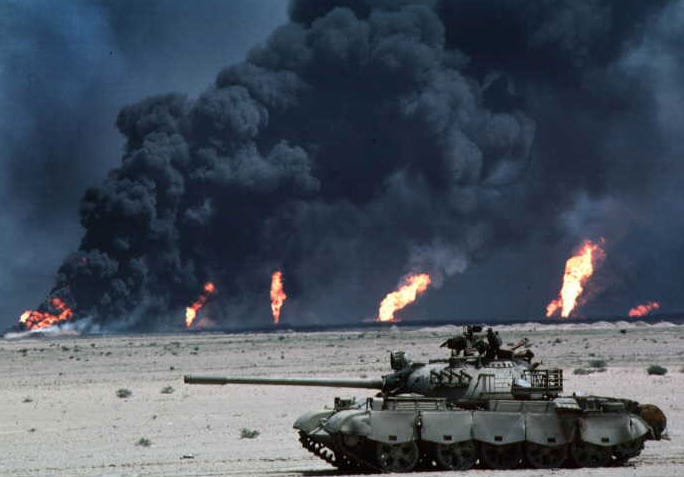
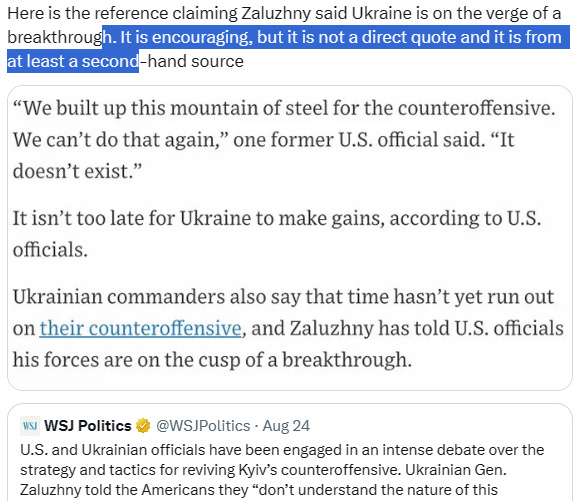
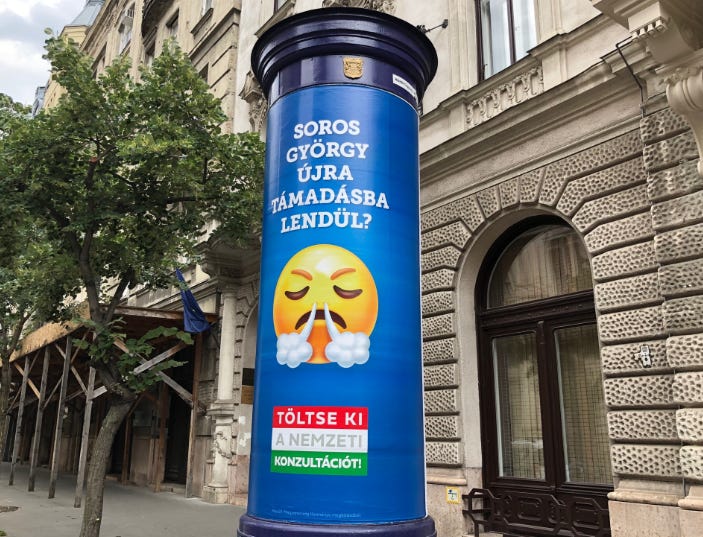
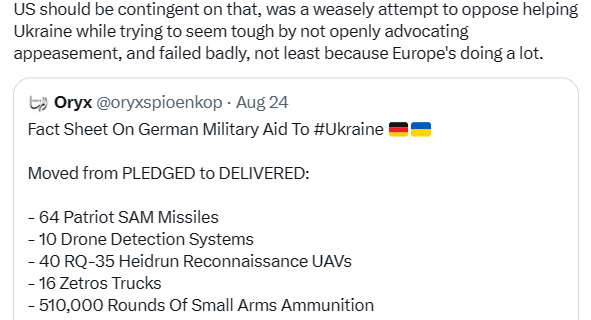

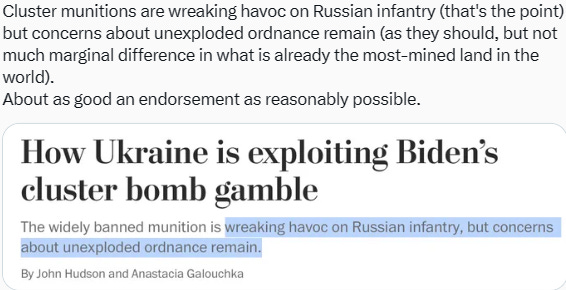
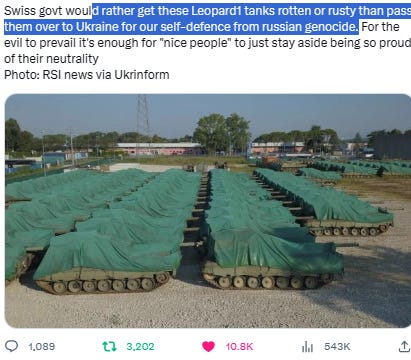
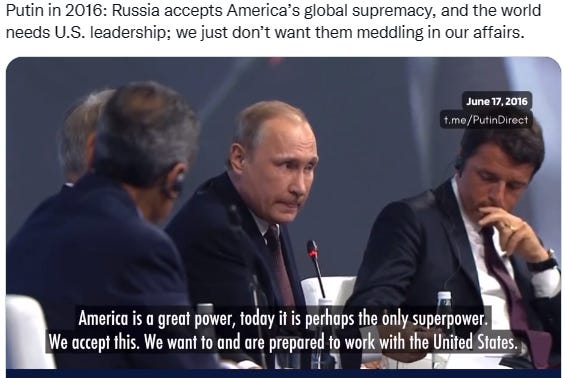
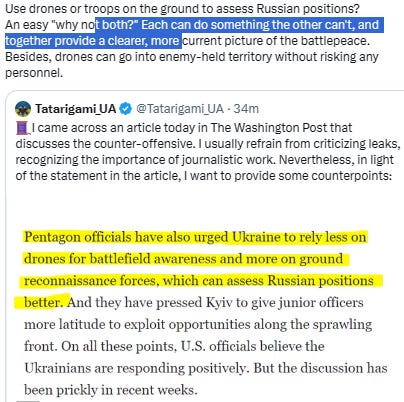
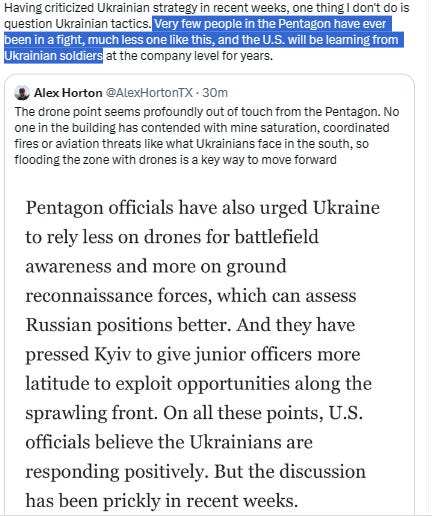
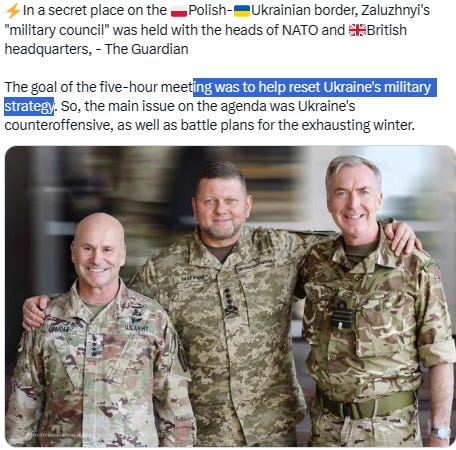

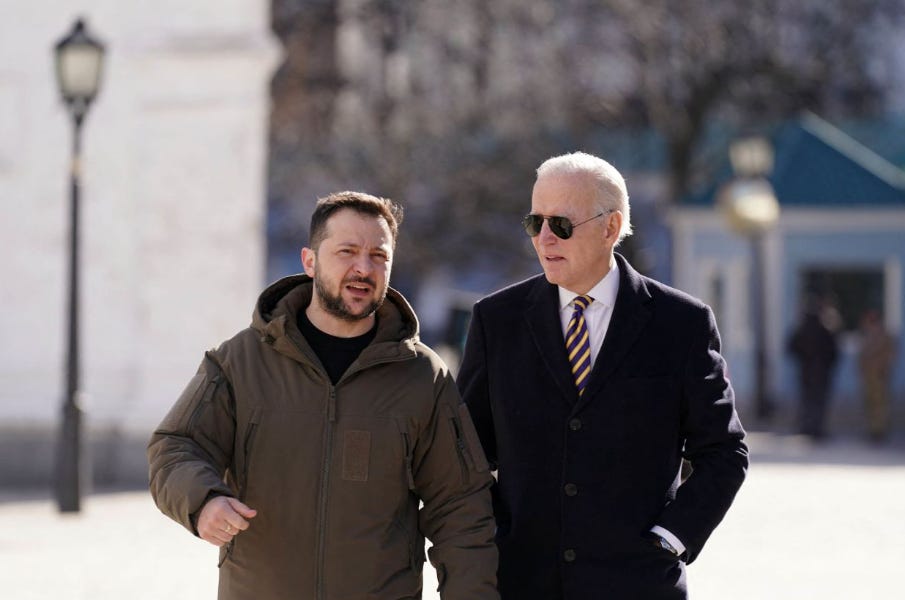

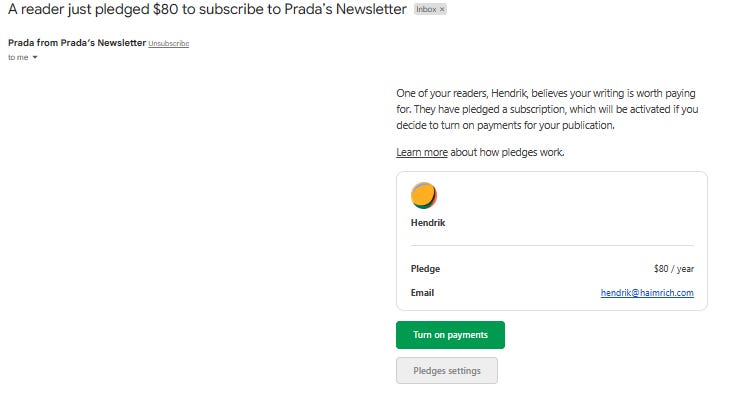




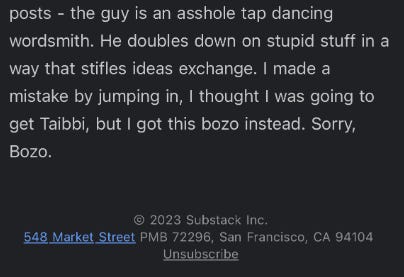


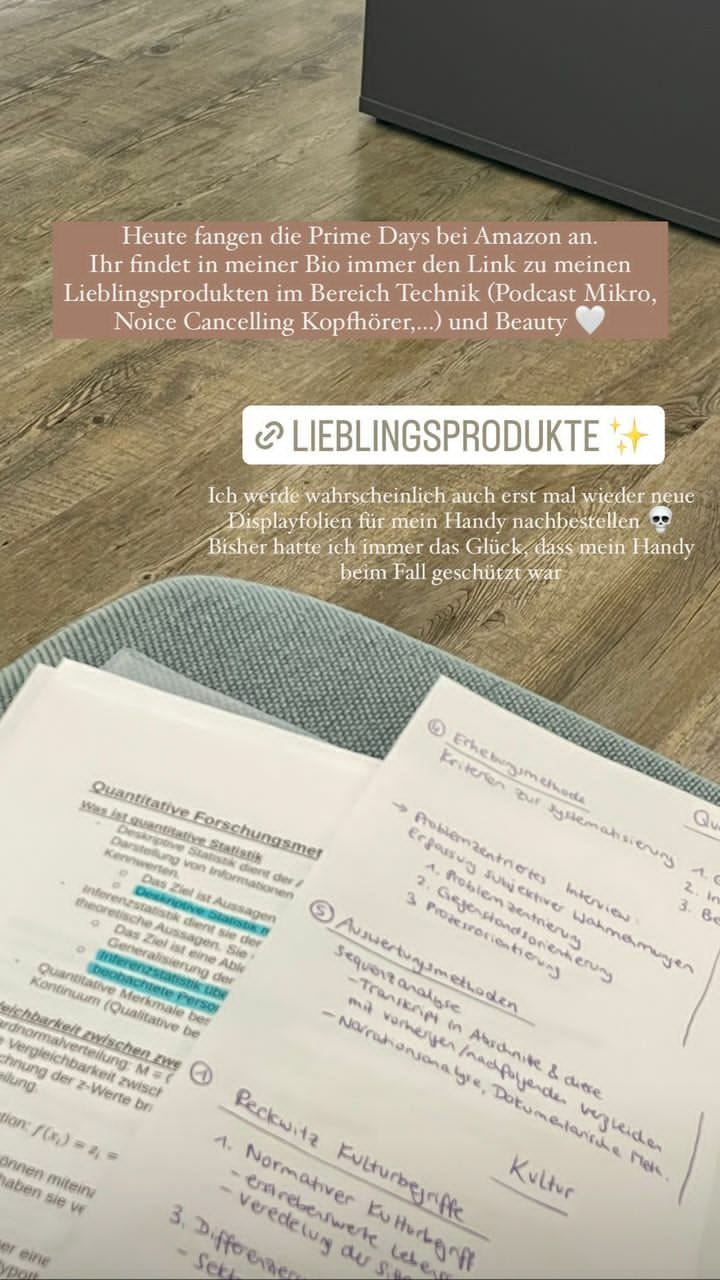
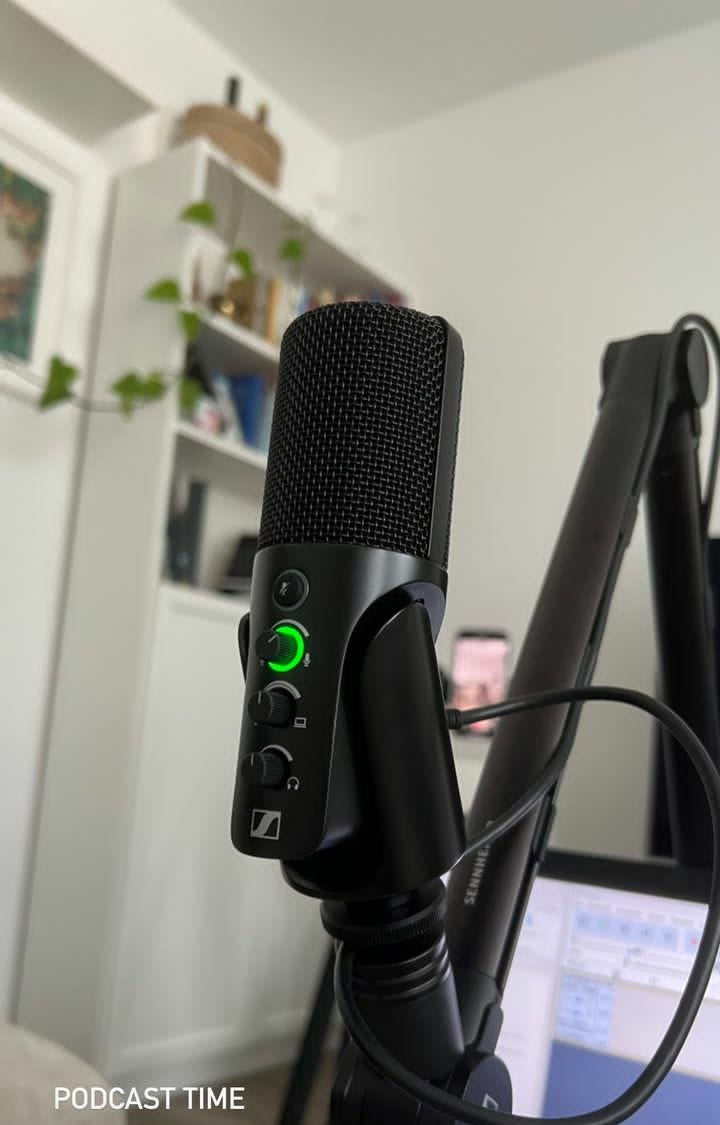

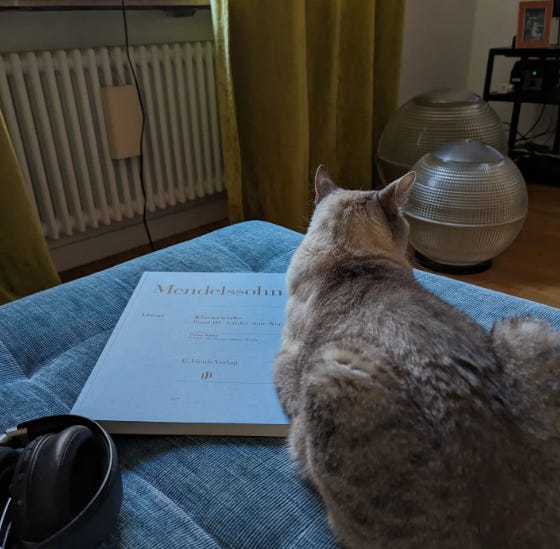

In the long term, all wars will end. Why not end now? Or at least channel that energy into healthier directions (martial arts is one thing that comes up...)?